An Adventure Across the Outback
by David Tyler
Australia, you say?
Have you ever found yourself in a place where nothing makes sense, and the unfamiliarity of it becomes an absolute treat? That was me over the past 3 weeks as I traveled alongside my wife across the Australian Outback. We began our journey in the Northern Territory, one of Australia's most remote and wild states. As we pulled out of the rental car lot in Darwin, things were already off to a strange start as I attempted to control our massive 4x4 SUV from the right-hand-side driver's seat. Although it was a challenge in the beginning, I can say that you really do get used to it! Driving down the highway felt like we were suddenly in a movie, passing truck after truck, each one appearing to be driven by a literal Crocodile Dundee. You know those "snorkel" attachments that you see on the occasional off-roading vehicle in the United States? Those things were on nearly every single truck that passed by - an omen to the immense amount of rainfall that floods the roads during the wet season.
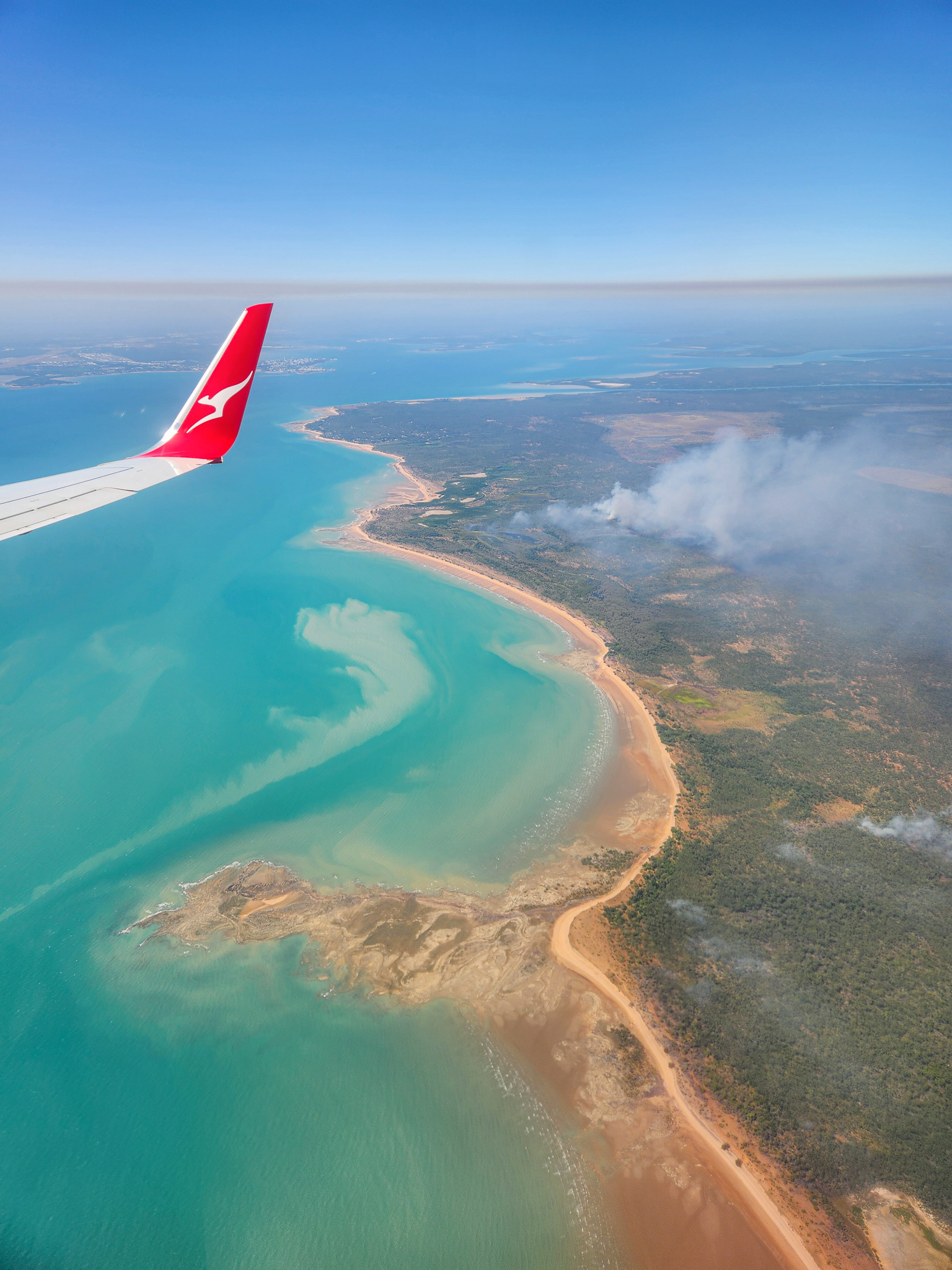

The Northern Territory
It's not without consequence that Australia's tropical region invites such intense weather patterns, as the landscape abounds with an almost unbelievable diversity of flora and fauna. Within the first 2 days of our travels, I kid you not, I had over 1,500 unique images resting patiently on my camera's SD card. I'll admit it was difficult to find a happy balance between the desire to capture professional photos and simply taking in the sights. Nevertheless, I was ultimately able to save the "carefully set up the tripod and wait" operations until sunrise and sunset each day, giving my wife and I a beautiful trip full of laughs, hugs, sunburns, bad accents, and a whole lot of great food.
The majority of our time in the Northern Territory was packed with "walks" in a handful of national parks, including Kakadu, Nitmiluk, and Litchfield, Elsey, and Djukbinj. P.S., Australians refer to hiking as "walking", doesn't that sound easier!? Trust me, packing in over 40 miles of walking over a week and a half in 90-degree heat and 80% humidity is no joke. Australia's Northern Territory has some real drawbacks, including not just plenty of monstrous crocodiles to avoid, but the killer heat and humidity that plagues the tropical region. That being said, it was 100% worth the gallons upon gallons of water and electrolyte drinks we had to consume just to survive the midday sun.
Once we wrapped up our time in the outdoors, we headed to Darwin, the sprawling capital city of the Northern Territory. Once we woke up in our cozy hotel on our first morning as city-slickers, we googled "best beaches in Darwin", seeing as it's right on the ocean, right? Well lone behold, locals don't swim in the ocean! In fact, nobody swims in the ocean - the constant presence of deadly box jellyfish and crocodiles is nature's way of saying "you MIGHT want to think twice about jumping into that beautiful blue ocean". Carrying on, we found out that a few blocks from our hotel was the Darwin Waterfront, famous for its large protective beach area, where the entire city flocks to lay on the sand and swim in the warm ocean water that flows through a wall protective of nets. After a few days of enjoying relaxation on the beach, learning about Darwin's intense WWII history, and trying an abundance of incredible food, we were off.

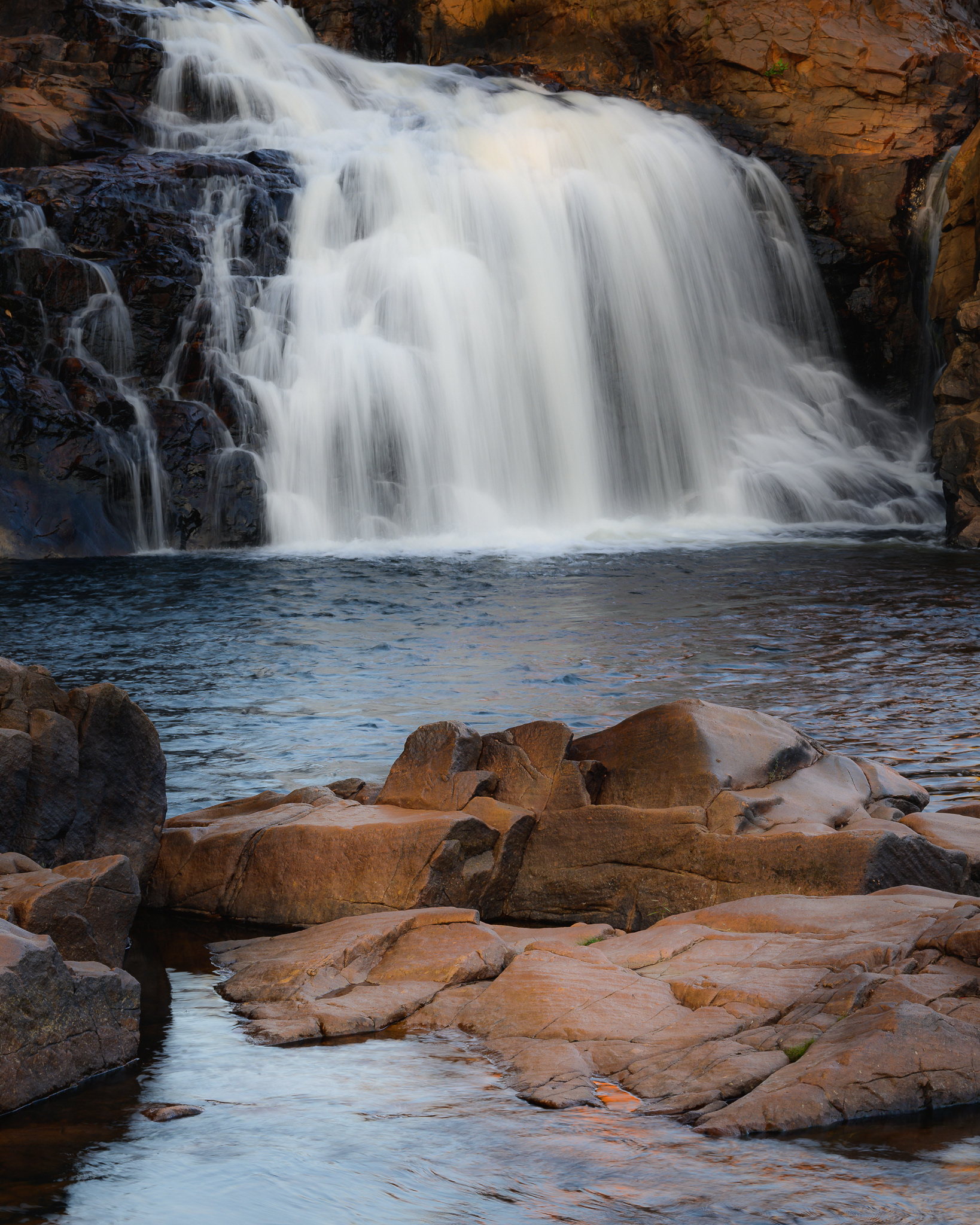


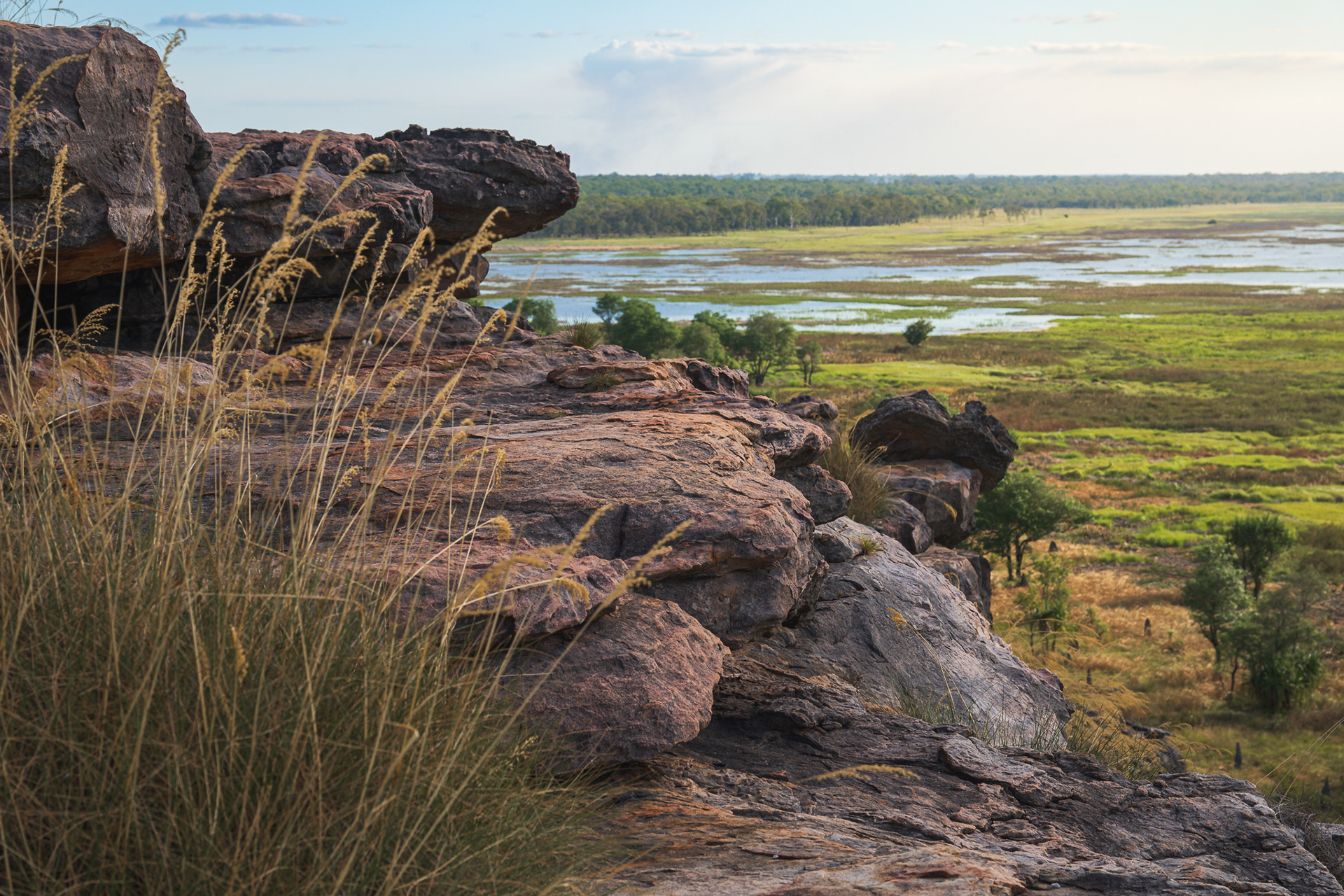
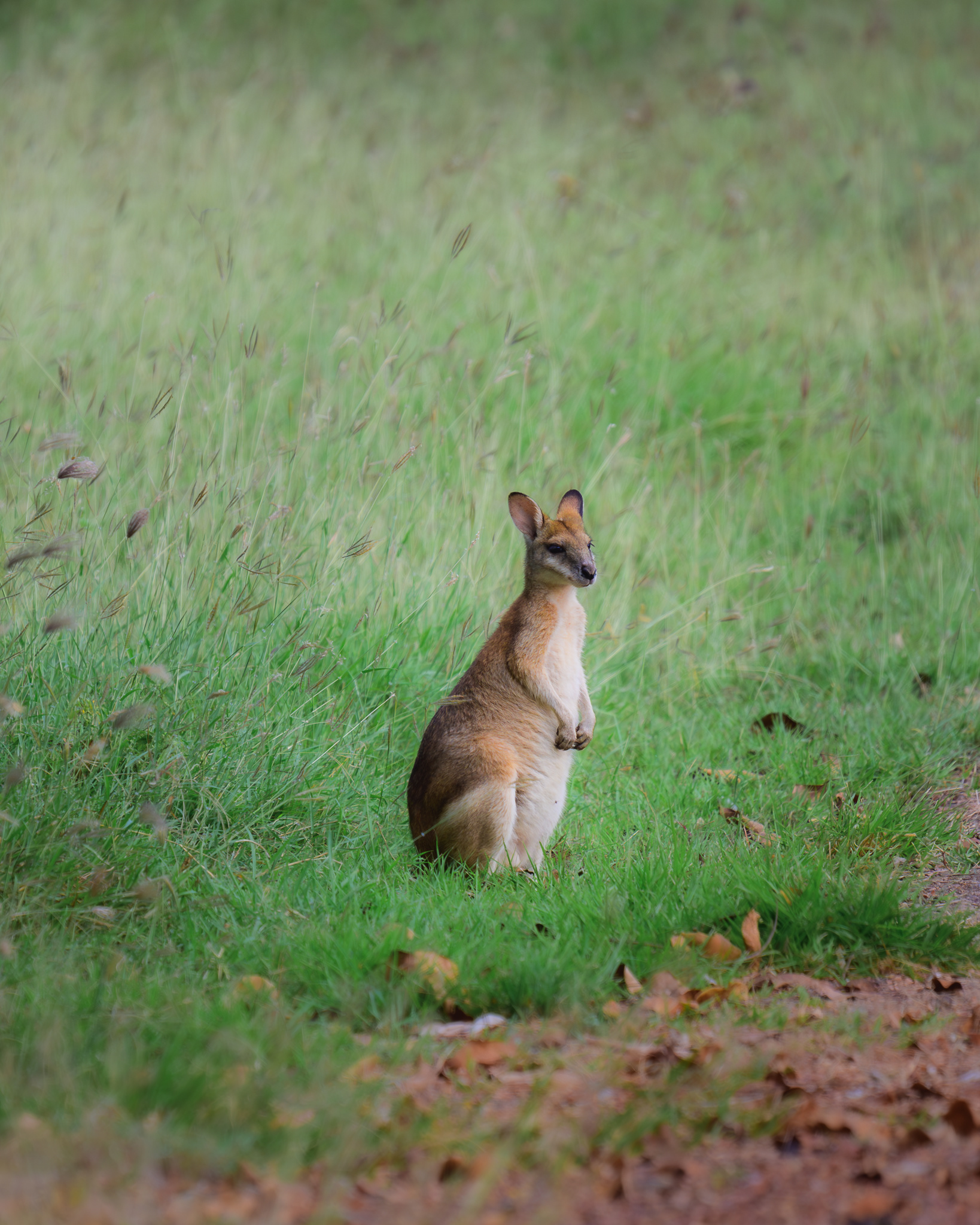






Lady Elliot Island and the Great Barrier Reef
Queue - Lady Elliot Island. This was the "hoorah" of our trip overseas, the cream of the crop for snorkeling the Great Barrier Reef. Picture yourself crawling into a tiny Cesna and then being flown an hour and a half over the ocean by a 22-year old (who was a very good pilot), and then landing on an island so small that it takes about 6 minutes to walk one end to the other. It was an entirely unique experience that neither my wife nor myself could have imagined, and it only got better from there. Over the course of 2 days, we snorkeled a total of 8 hours, all of which were nothing short of magical, even life changing.
Our first time in the water was supervised by the local staff on the island, a crew of biologists and conservationists with a huge amount of experience with the local wildlife. They taught us about all kinds of ecosystem interactions, species decline, human impacts, and all the great science being done on the island. Fast forward to the next day when we were finally comfortable snorkeling as a duo among the towering reef, things got really interesting...frankly hilarious. Our first swim was off to a peaceful start, with sunny skies and an abundance of vibrant life surrounding us on all sides. After an hour or so, we decided to venture over to the "intermediate" zone of the reef where we were met with a bigger animal (3 of them).
As my right ear briefly popped out of the water, I heard a muffled "SHARK!" being trumpeted from a nervous voice box nearby. My wife rapidly swam towards me and pointed to the 6ft long shark circling a few arm lengths away. I admit, I also went into a minor panic and paused the kick of my flippers to think about what we were seeing. Anxiously, Brittany began to kick towards shore to distance herself from the potential predator. I followed closely behind, keeping my head on a swivel as I watched not one, but 3 sharks circling behind. Not to make my readers panic, but once again my nearby trumpeteer let out a scream, this time with a real..."I'm being bitten by a shark"... tone. I launched myself towards my wife as she writhed in pain, picking her fully up out of the waist-deep water in an attempt to save her and kick away the predator. With a confused look on her face, she turned towards me and said...."I have a foot cramp"!
One might think that's the climax of the story, but don't go yet, there's more.
As I laughed and laughed, Brittany swam all the way back to shore. I began to follow, but quickly remembered how the snorkeling protocol works on the island. You see, each snorkeling location has what is called "the bucket". Prior to putting on fins, each swimmer is required to walk out in the water wearing reef-protective shoes all the way to the bucket, where they drop the reef shoes and leave them for the snorkel session. So... while my ever-so-relieved partner laid on shore catching her breath, I swam right back out alongside the sharks to grab our reef shoes, and then walked back to shore with my fins AND her reef shoes...*insert nervous laughter*.
That night, we cackled until our voices croaked as we had a chitchat with the local biologists in the dinner café. Apparently, the big scary sharks we saw in the water were blacktip reef sharks, who are essentially 6-7ft long friendly dogs that swim around and eat exclusively small fish. Relieved and even excited, we ventured right back to the same location the following day, and we were met with a beautiful experience swimming with the incredible creatures. Would I want to swim with great whites? Nah, no thanks, but these guys were an absolute treat to meet in the water and I'll be forever thankful for my time with them. Even my formerly shark-fearing wife gained a new appreciation for the sleek, magnificent ocean dweller.




Brisbane and the Crocodile Hunters Legacy
After a life-changing two days on Lady Elliot Island, we flew back to our departure location in Brisbane, where we spent our final days in Australia. Brisbane turned out to be an absolute treat, full of rich history and culture, active markets and eateries, and architecture like I'd never imagined possible. It was an easy wind-down for us, with our final day being complimented with a visit to the Australia Zoo, the home of the late crocodile hunter himself, Steve Irwin. Most of the time, zoos tend to depress me because the idea of putting an animal in a cage seems wrong. This one was different - the enclosures are massive, the animals are extremely well taken care of, and the zoo boasts one of the most successful animal rescue and rehabilitation centers on the planet. It was a fantastic way to end our adventure across Australia, and I'll always hold respect for zoos that do it right!



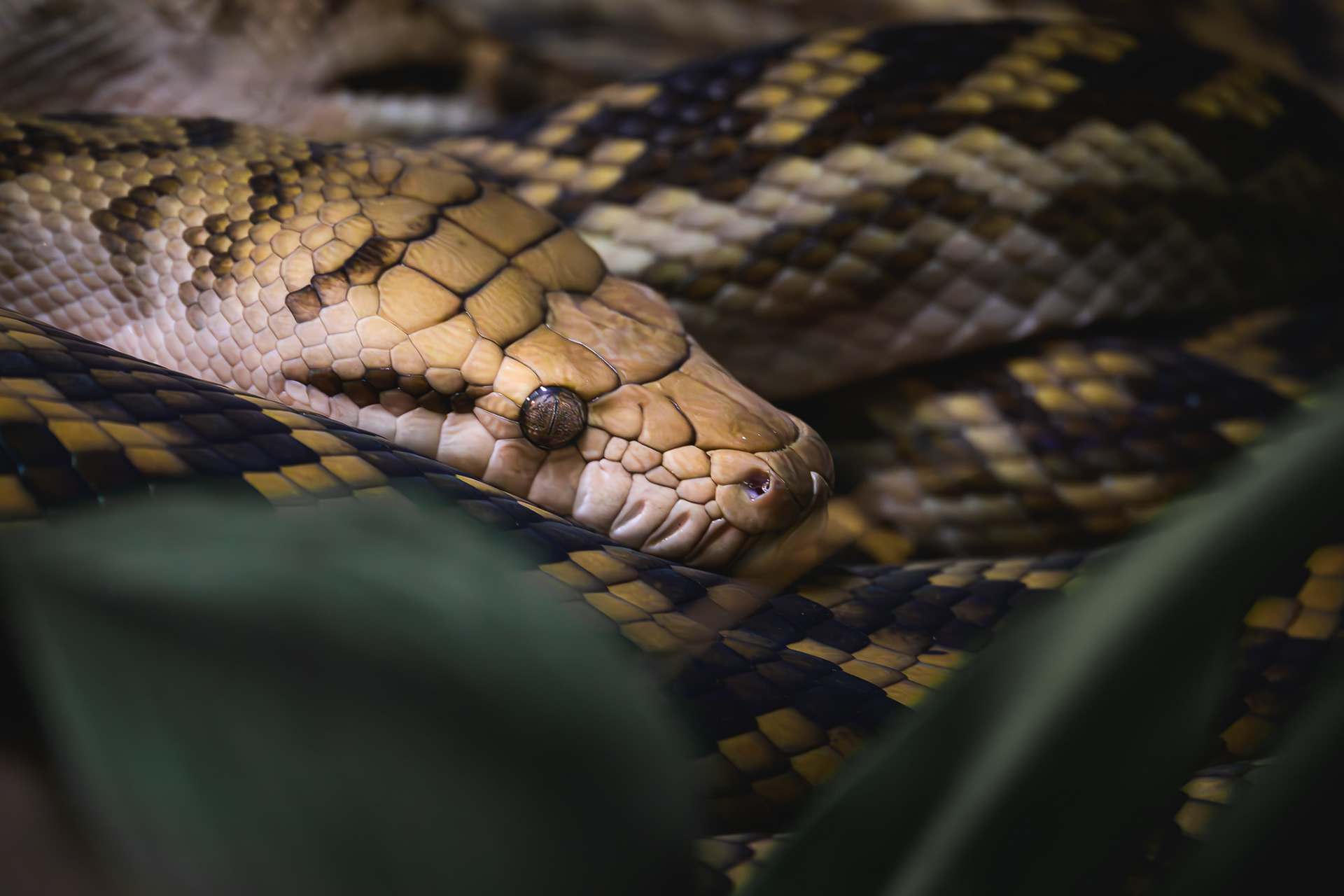
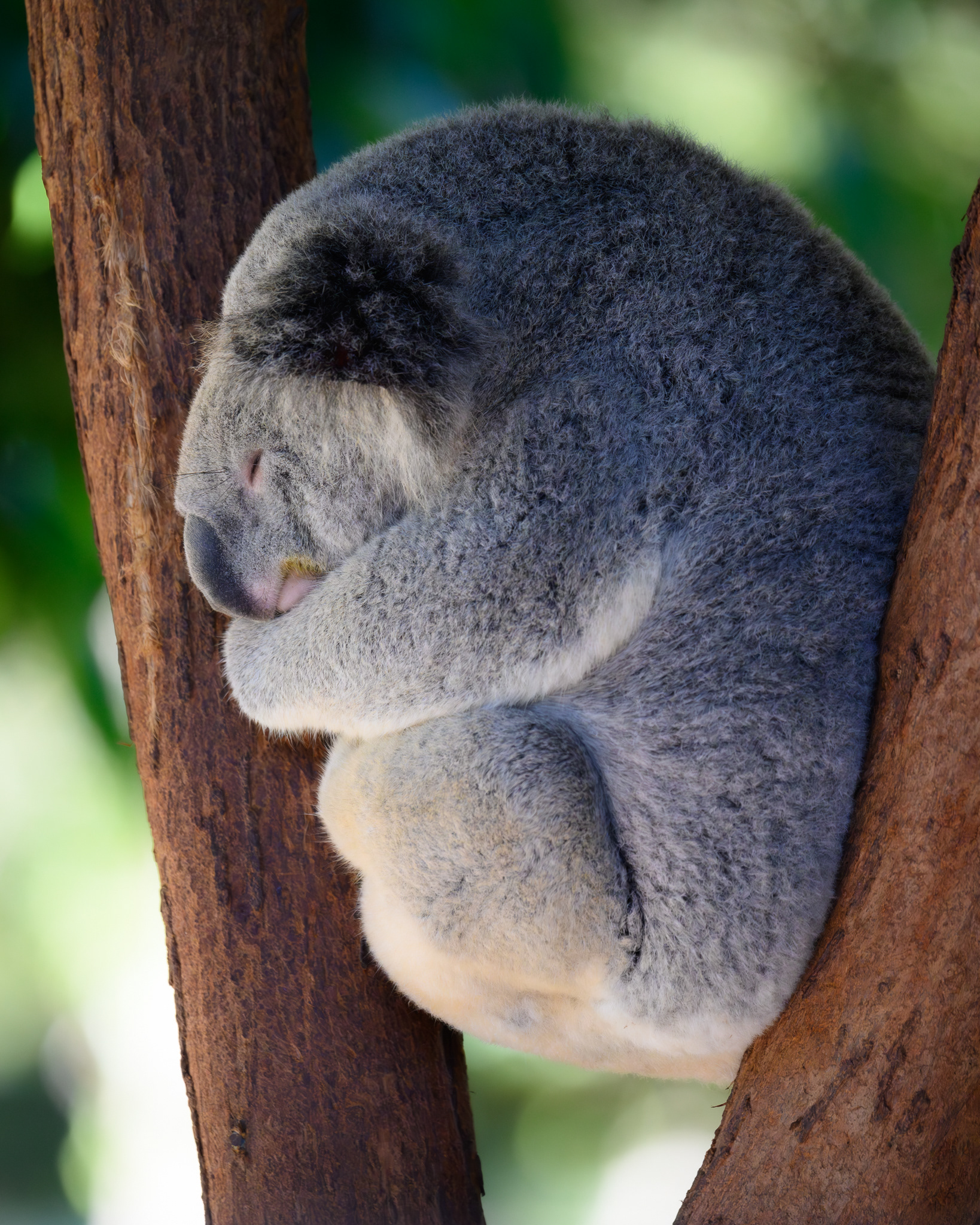

Paying Respect to the Aboriginals
Out of all the incredible and unique things I experienced in Australia, there was one thing that changed my perspective of humanity itself - the aboriginal peoples. Australia is home to the oldest living indigenous culture on the planet, clocking in at 65,000 years of traditional practices and beliefs. The people are kind, beautiful, and more connected to nature than anyone I realized existed in in the last century or two. The aboriginal belief system is based on ideas that are almost worthy of a beautiful fantasy novel, and the stories are written all over the ancient art sites of the national parks we visited. We often found groups of aboriginals casually walking alongside us to visit the ancient art sites and overlooks in Kakadu National Park, boasting nothing on their feet but their own toughened skin. The connection to the land itself is a critical part of the ancient culture, and barefoot travel is still regularly practiced today.
It's not often that the average sheltered American gets to meet and experience a culture that tosses every presumption about life out the window, and I'm so thankful that the aboriginal peoples continue to respect and practice the ways of the past. With that, I'd like to thank my readers for reading my own story, and I hope one day you'll all be able to experience the Australian Outback and all the incredible things it provides!
In the words of the Bininj peoples - bobo - see you soon!